In today’s competitive dental and personal care device market, ensuring the optimal performance of every component is crucial not only for product reliability but also for patient safety. Recently, manufacturers and dental professionals have raised concerns about how LED Light Malfunction in dental appliances might exacerbate Enamel Abrasion Concerns. This article explores the link between these issues, examines the underlying causes, and discusses practical solutions to mitigate potential risks.
As dental care technologies continue to evolve, patients and professionals alike expect devices to deliver high performance with minimal side effects. With cosmetic dentistry on the rise, maintaining the integrity of tooth enamel is of utmost importance. Consequently, any malfunction—such as an unstable light source in LED-based devices—can trigger widespread concern. In a landscape where both functionality and safety are non-negotiable, understanding how LED Light Malfunction may influence Enamel Abrasion Concerns is crucial for manufacturers looking to sustain a competitive edge.
LED lights have become a popular component in many dental instruments due to their energy efficiency, longevity, and effective illumination. They are frequently integrated into devices used for tooth whitening, curing adhesives, and various diagnostic procedures. These LED systems require consistent performance to deliver precise outcomes. If an LED Light Malfunction occurs, the incorrect light output or fluctuating performance can alter treatment protocols, potentially leading to excessive or uneven energy application. Such discrepancies have the potential to contribute to Enamel Abrasion Concerns, particularly when used over prolonged treatment sessions.
When LED systems malfunction, several issues may arise that could worsen enamel wear:
These effects underscore the critical importance of maintaining reliable LED performance to avoid contributing to Enamel Abrasion Concerns.
Identifying the root causes of LED Light Malfunction is essential for mitigating its impact on tooth enamel. Common issues include:
By addressing these factors, manufacturers can significantly reduce the risks associated with LED failures and their detrimental side effects.
Mitigating the potential link between LED Light Malfunction and Enamel Abrasion Concerns requires a multi-faceted approach:
These strategies form a robust framework to enhance device reliability and protect against treatment-induced enamel damage.
Looking forward, ongoing research and development will play a pivotal role in preventing LED Light Malfunction and mitigating its impact on enamel integrity. Manufacturers should:
By embracing these forward-thinking measures, companies can ensure that their devices not only meet but exceed the high-quality standards demanded by today’s market.
Conclusion
The interplay between LED Light Malfunction and Enamel Abrasion Concerns highlights the complexity of modern dental device design. As even minor inconsistencies in illumination can lead to significant clinical implications, it is imperative for manufacturers to rigorously enhance component quality, thermal management, and quality control processes. Proactive innovation and a commitment to continuous improvement will safeguard both device performance and enamel integrity, ultimately reinforcing trust in your brand within an increasingly discerning market.
Interested in learning how to optimize LED performance and protect enamel integrity in your devices? Contact us today to discuss tailored solutions that drive both safety and excellence. Contact us athttps://www.powsmart.com/product/electric-toothbrush/
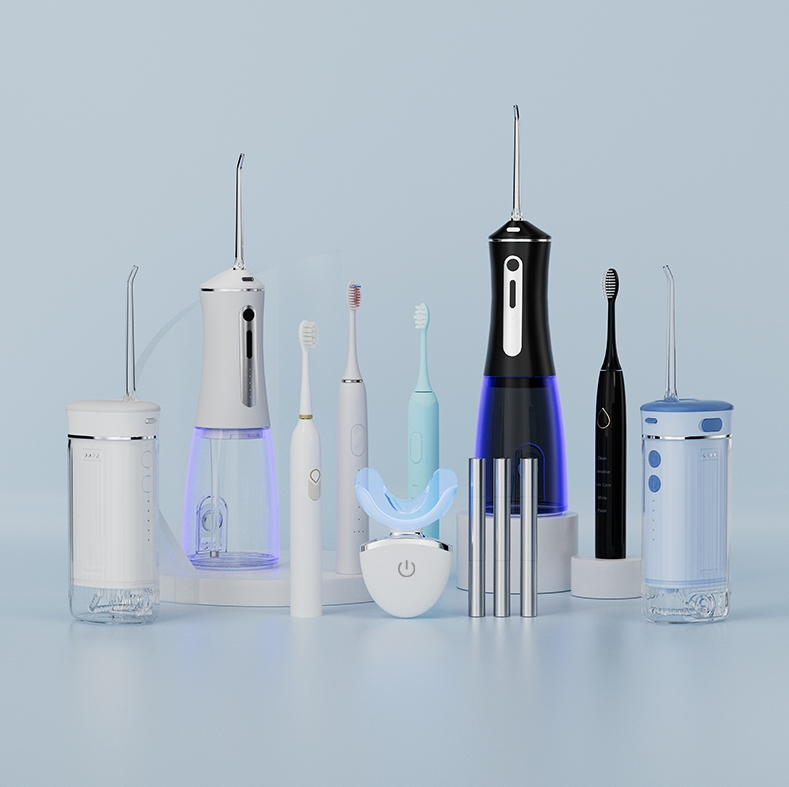
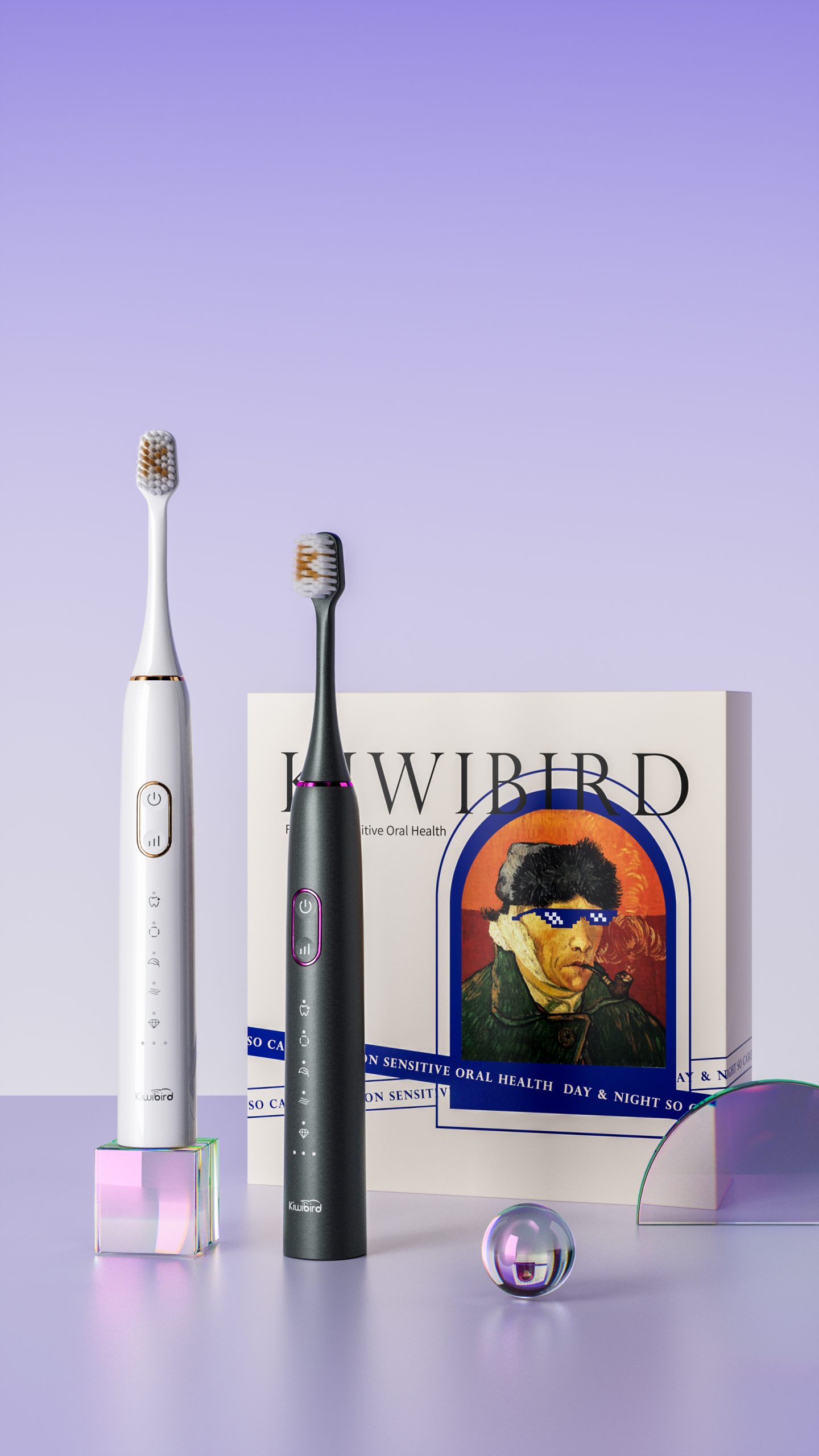
Does Non-Toxic Kids Brush OEM Risk Child Safety?
Taste Alteration After Tray Misalignment – Coincidence?

What Dental trends dominate 2025 innovations?
.jpg)
Does Teeth whitening gel guarantee Professional results?
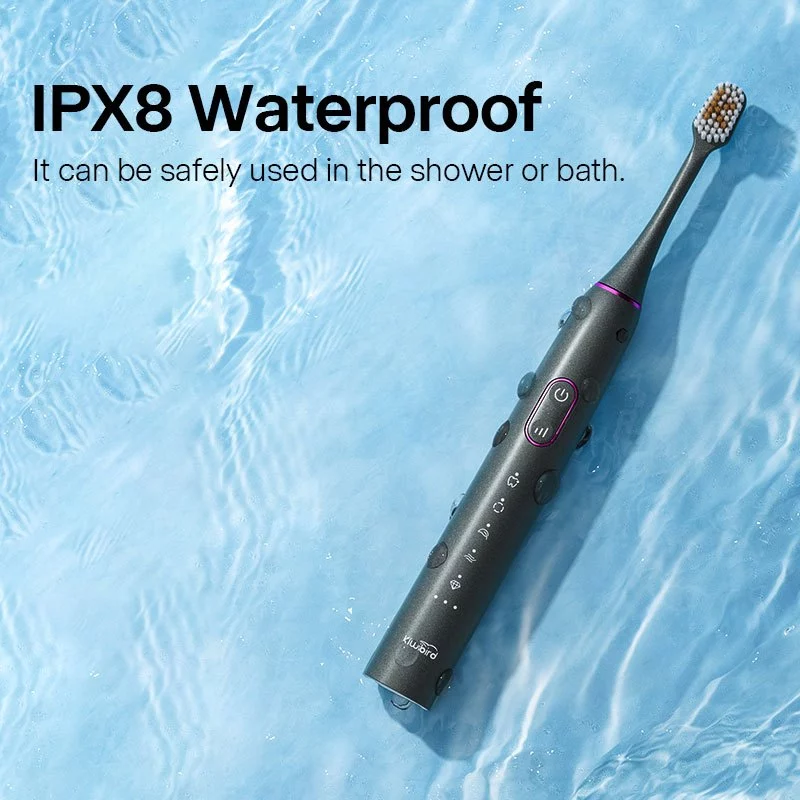
IPX7 Waterproof Electric Toothbrush Customization for Global Markets
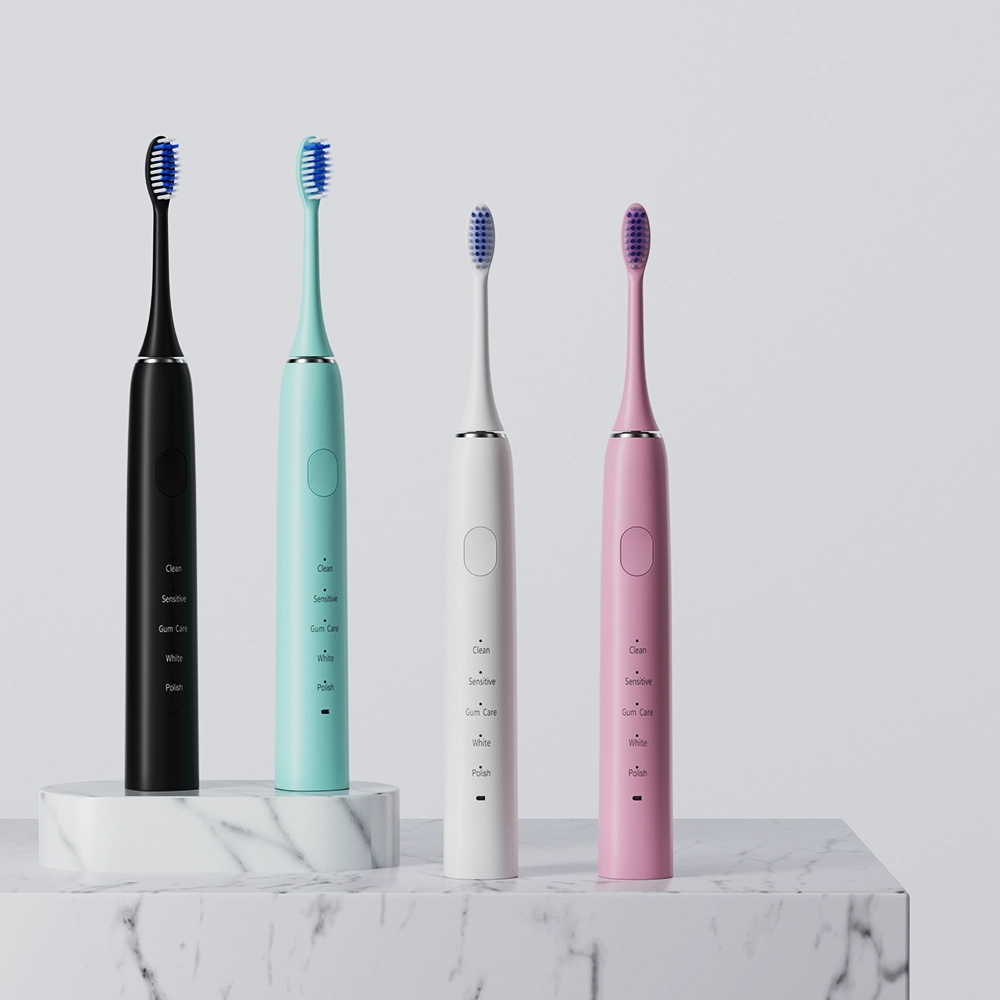
Environmental Protection and Sustainability of Electric Toothbrushes
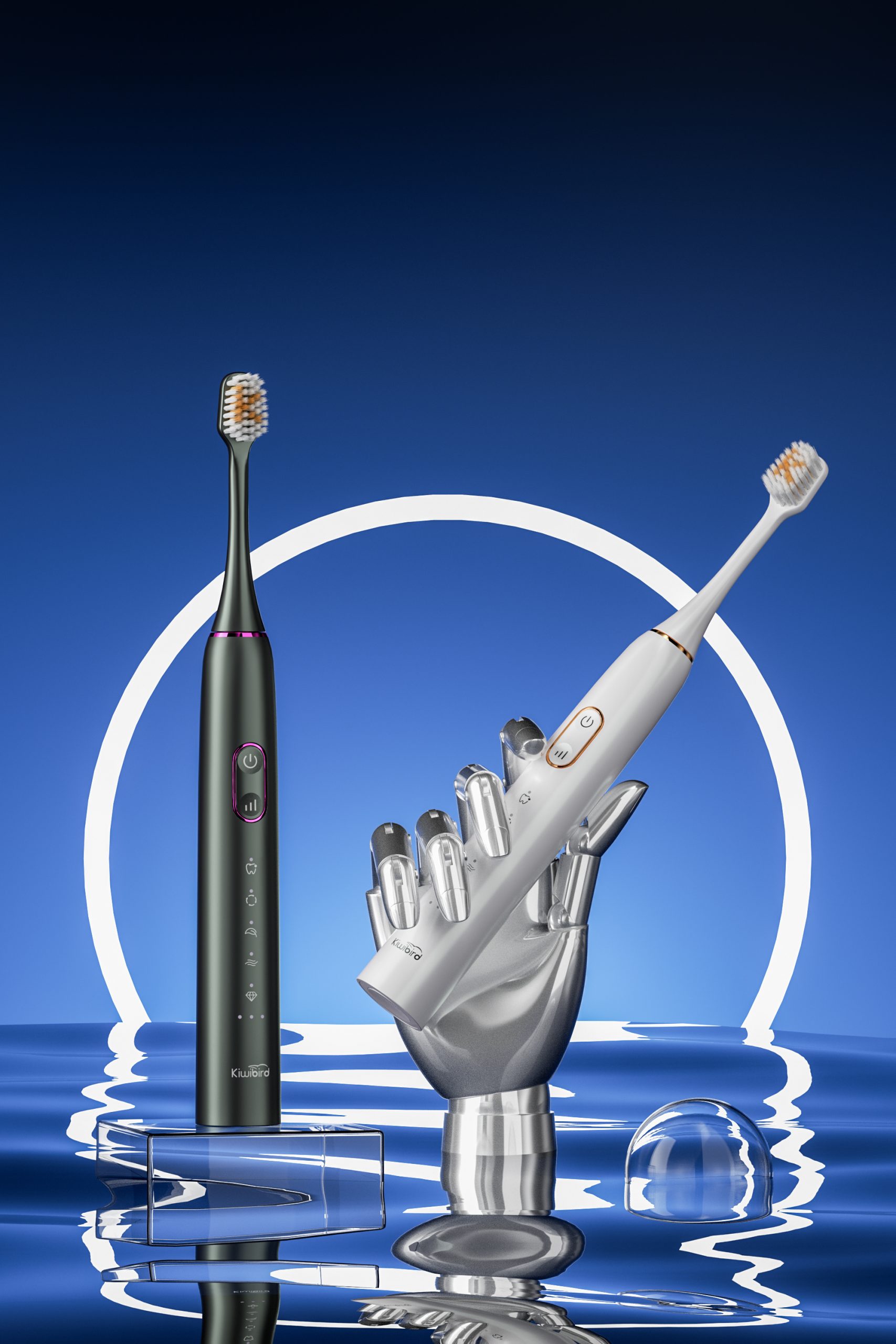
Hotel Amenity Electric Toothbrush OEM: Luxury Guest Experiences

Electric Toothbrush Demo Units – OEM Manufacturing for Dental Offices
.jpg)
Can a Toothbrush Design Company Help Create a Toothbrush for Sensitive Teeth?

Smart Sonic Toothbrush Private Label: Complete OEM Services for Your Brand
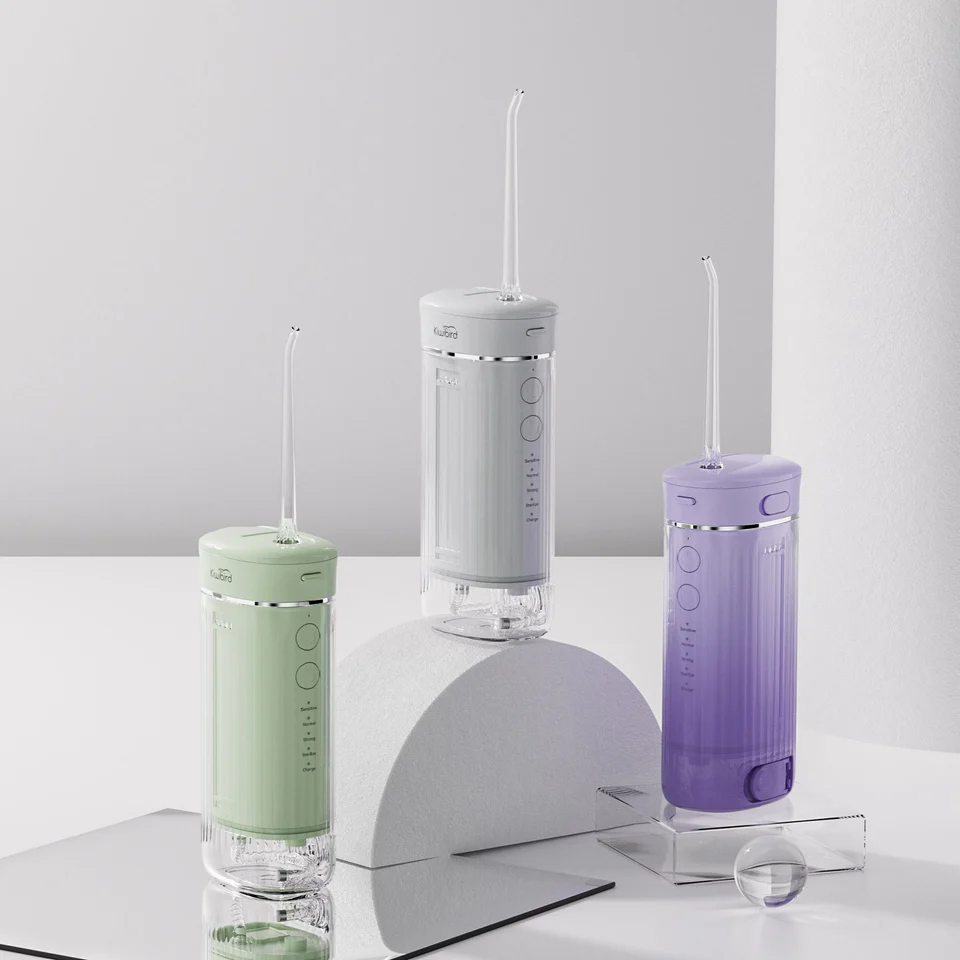
Tips for Preventing Mold in Water Flosser Tanks
Why Is Enamel Vulnerability Linked to Staining Residuals?

How to Deal with the Electric Toothbrush That Automatically Starts Up?
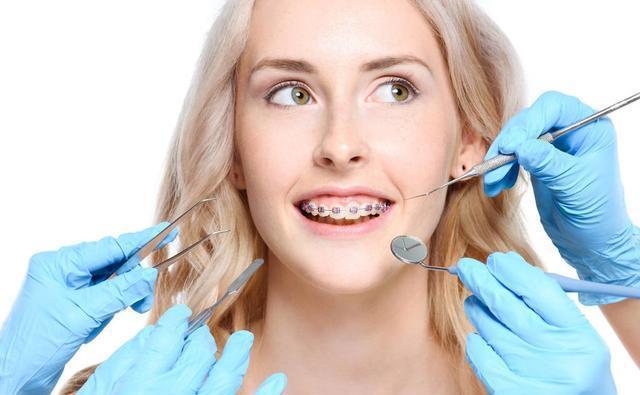
Essential orthodontic Oral Care Products for Orthodontic Patients: Key Elements & Solutions
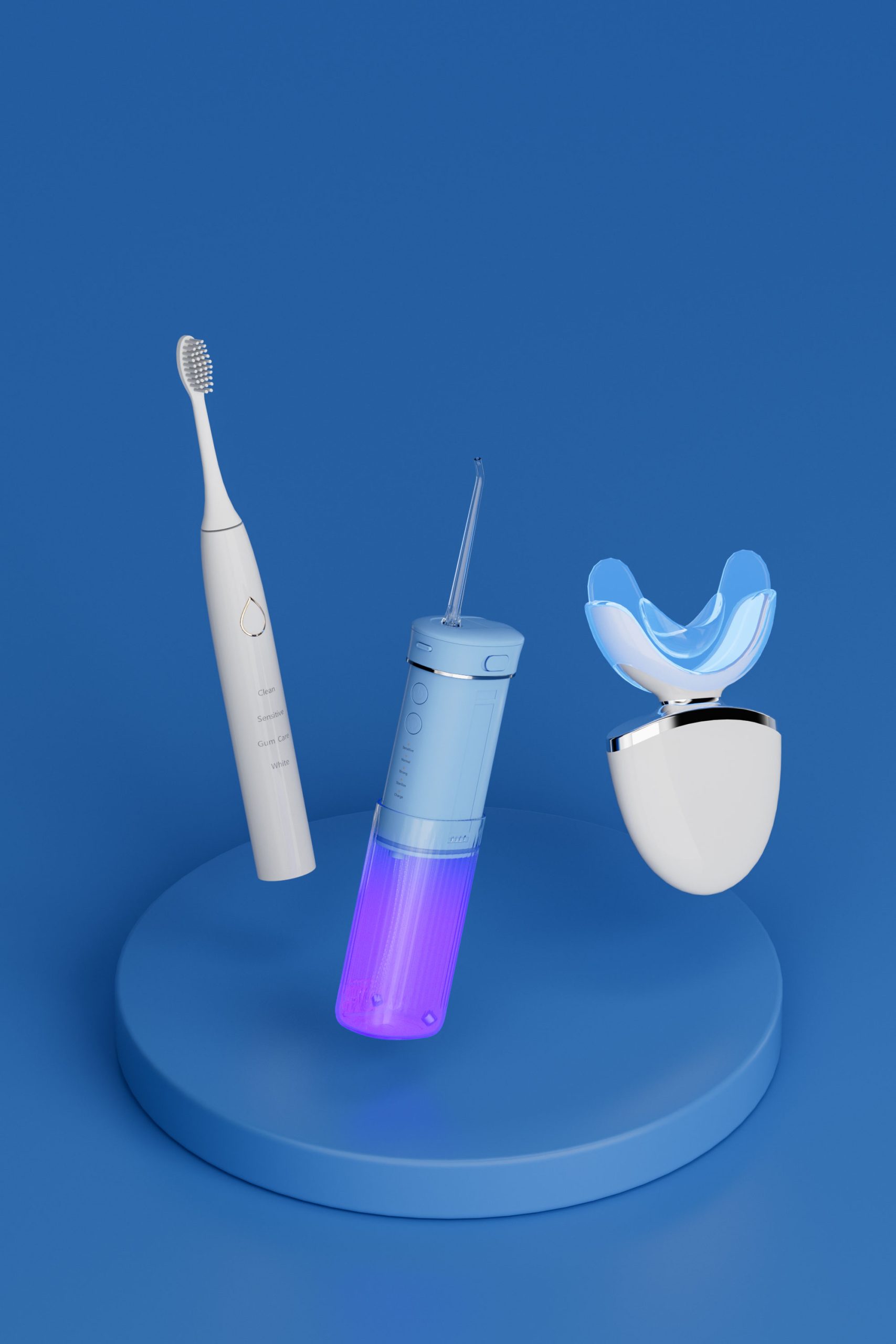
Oral Care Gift Sets OEM: Curated Collections for Every Occasion

The Higher the Frequency of the Electric Toothbrush, the Better the Cleaning Ability?

Private Label Whitening Gel
.jpg)
Florida Electric Toothbrush – Powsmart PTR-C8

Customization Teeth Whitening Gel

electric toothbrush heads Ultra Soft

electric toothbrush heads Charcoal Infuse-Round

electric toothbrush heads Regular Clean

Electric toothbrush heads Charcoal Infused-Diamond

electric toothbrush heads Deep Clean
whstapp
whstapp
National Toll-Free Service Hotline
+86 755 86238638